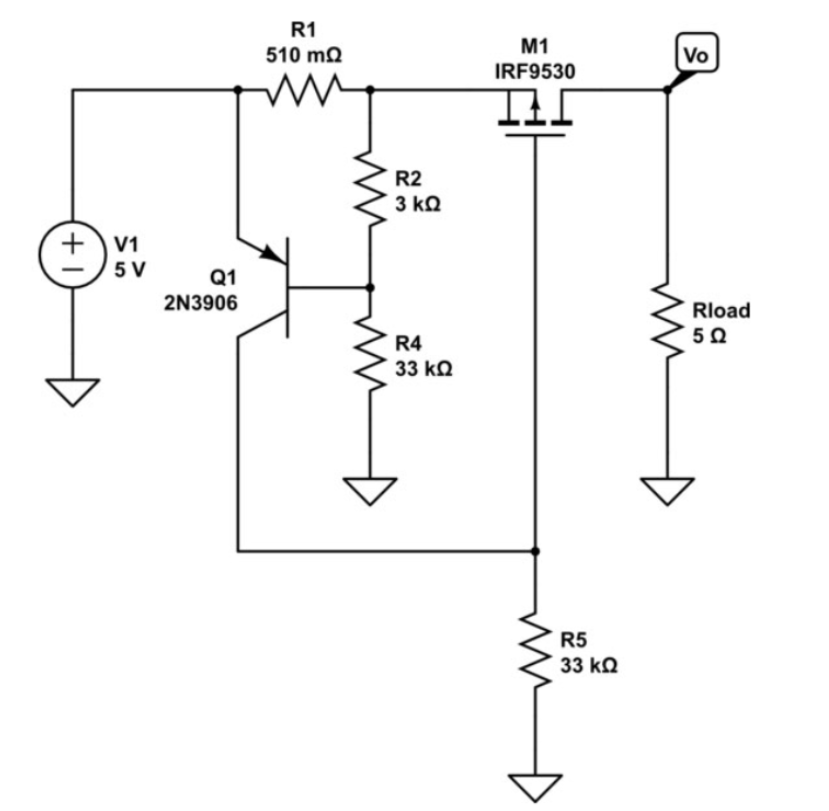MOSFET Current Limiting Techniques for Electronics Enthusiasts

The Problem :
When working with MOSFETs in your electronic circuits, one common issue is the risk of excess current, which can damage your components, particularly MOSFETs, LEDs, or other sensitive devices. Without proper current regulation, the MOSFET can overheat, burn out, or lead to circuit failure. Managing current flow is essential to ensure the longevity and safety of your circuit.
The Solution :
A simple and effective way to prevent overcurrent is to use current-limiting resistors in your circuit. These resistors ensure that only a specific, safe amount of current flows through sensitive components like MOSFETs and LEDs. By selecting the correct resistor size, you can protect your components from damage and ensure stable circuit operation.
Practical Example :
Imagine you’re building a basic LED circuit with a MOSFET to control the LED’s brightness. Without current limiting, the LED may draw more current than it’s rated for, causing it to burn out. To solve this, you can add a resistor in series with the LED to limit the current and prevent overloading both the LED and the MOSFET.
Sample Calculation :
Let’s say you’re using a 5V power supply to drive an LED with a forward voltage of 2V, and you want the LED to draw 20mA (0.02A) of current.
To calculate the value of the current-limiting resistor (R), use Ohm’s law:
R = (Supply Voltage – LED Voltage) / Desired Current
Supply Voltage = 5V
LED Voltage = 2V
Desired Current = 20mA = 0.02A
Now, plugging in the values:
R = (5V – 2V) / 0.02A = 3V / 0.02A = 150 ohms
So, you need a 150-ohm resistor to limit the current and protect both the LED and MOSFET.
Product Suggestion :
If you need high-quality MOSFETs or resistors for your circuit, check out SmartXProKits for reliable, affordable parts.
Shop now at SmartXProKits.in to find components that are Made in India, supporting local innovation while ensuring top performance!




















